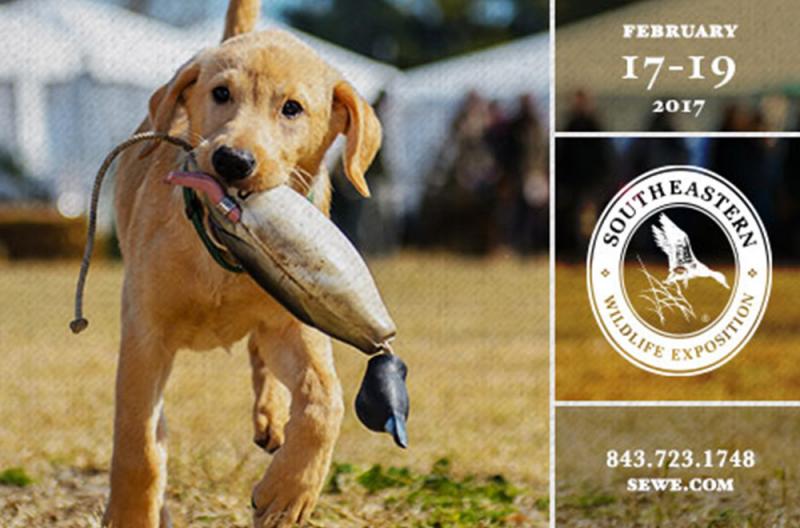
If the Department determines that technological or economic limitations on the application of measurement methodology to a particular emissions unit would make the imposition of an emissions standard infeasible, a design, equipment, work practice, operational standard, or combination thereof, may be prescribed instead to satisfy the requirement for the application of best available control technology. In no event shall application of best available control technology result in emissions of any pollutant which would exceed the emissions allowed by any applicable standard under 7 DE Admin. 61.55, as in effect on January 26, 1983, but does not include waste or material that is any of the following:īest available control technology (BACT means an emissions limitation (including a visible emission standard) based on the maximum degree of reduction for each pollutant subject to regulation under CAA which would be emitted from any proposed major stationary source or major modification which the Department, on a case-by-case basis, takes into account energy, environmental, and economic impacts and other costs, determines is achievable for such source or modification through application of production processes or available methods, systems, and techniques, including fuel cleaning or treatment or innovative fuel combustion techniques for control of such pollutant. Low-level radioactive waste or “waste” means radioactive material that consists of or contains class A, B, or C radioactive waste as defined by 10 C.F.R. For the purposes of this definition only: “Crawling Bug Insecticide” does not include products designed to be used exclusively on humans or animals, or any house dust mite product. Specified anatomical areas means and includes less than completely and opaquely covered human genitals, pubic region, buttocks, anus, female breasts below a point immediately above the top of the areolae, or human male genitals in a discernible turgid state, even if completely and opaquely covered.Ĭrawling bug insecticide means any insecticide product that is designed for use against ants, cockroaches, or other household crawling arthropods, including, but not limited to, mites, silverfish or spiders. The SNAP list of alternatives is found at 40 CFR Part 82 subpart G with supplemental tables of alternatives available at (). High global warming potential hydrofluorocarbons means any hydrofluorocarbons in a particular end use for which EPA’s Significant New Alternatives Policy (SNAP) program has identified other acceptable alternatives that have lower global warming potential. Wildlife officer means any individual authorized by a participating state to issue a citation for a wildlife violation. Planned special exposure means an infrequent exposure to radiation, separate from and in addition to the annual occupational dose limits. Such situations may require immediate and expeditious action by an explosives or munitions emergency response specialist to control, mitigate, or eliminate the threat.

Species included in the definition of ‘wildlife’ vary from state to state and determination of whether a species is ‘wildlife’ for the purposes of this compact shall be based on local law.Įxplosives or munitions emergency means a situation involving the suspected or detected presence of unexploded ordnance (UXO), damaged or deteriorated explosives or munitions, an improvised explosive device (IED), other potentially explosive material or device, or other potentially harmful military chemical munitions or device, that creates an actual or potential imminent threat to human health, including safety, or the environment, including property, as determined by an explosives or munitions emergency response specialist.

‘Wildlife’ also means food fish and shellfish as defined by statute, law, regulation, ordinance, or administrative rule in a party state. Wildlife means all species of animals, including but not necessarily limited to, mammals, birds, fish, reptiles, amphibians, mollusks, and crustaceans, which are defined as ‘wildlife’ and are protected or otherwise regulated by statute, law, regulation, ordinance, or administrative rule in a party state. Wildlife habitat means a surface water of the state used by plants and animals not considered as pathogens, vectors for pathogens or intermediate hosts for pathogens for humans or domesticated livestock and plants.


 0 kommentar(er)
0 kommentar(er)
